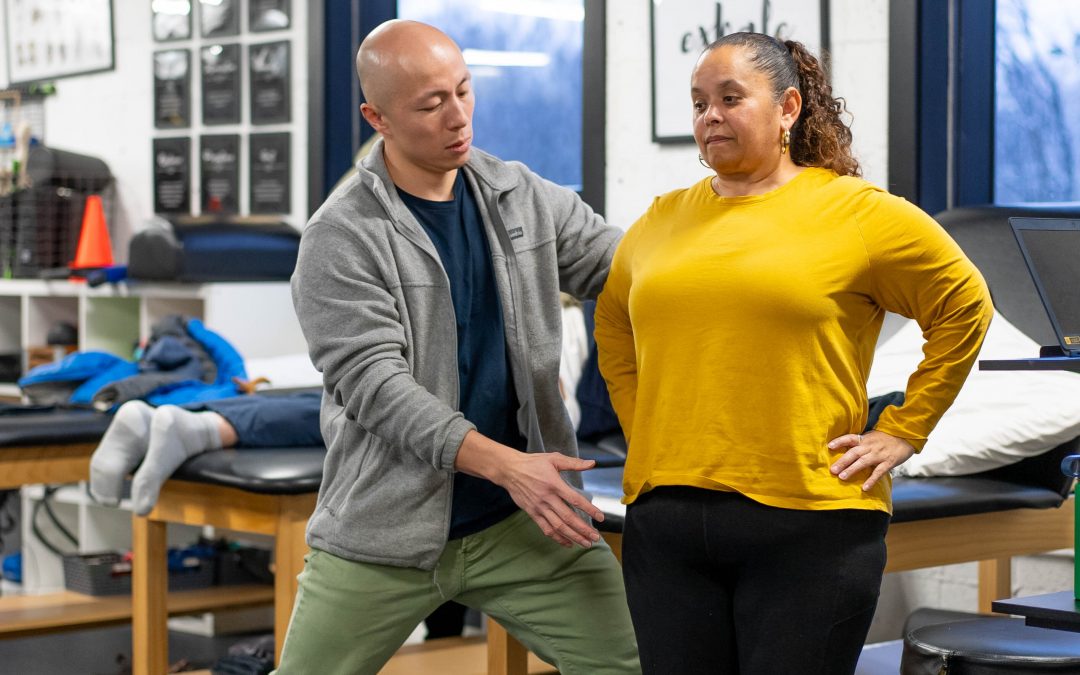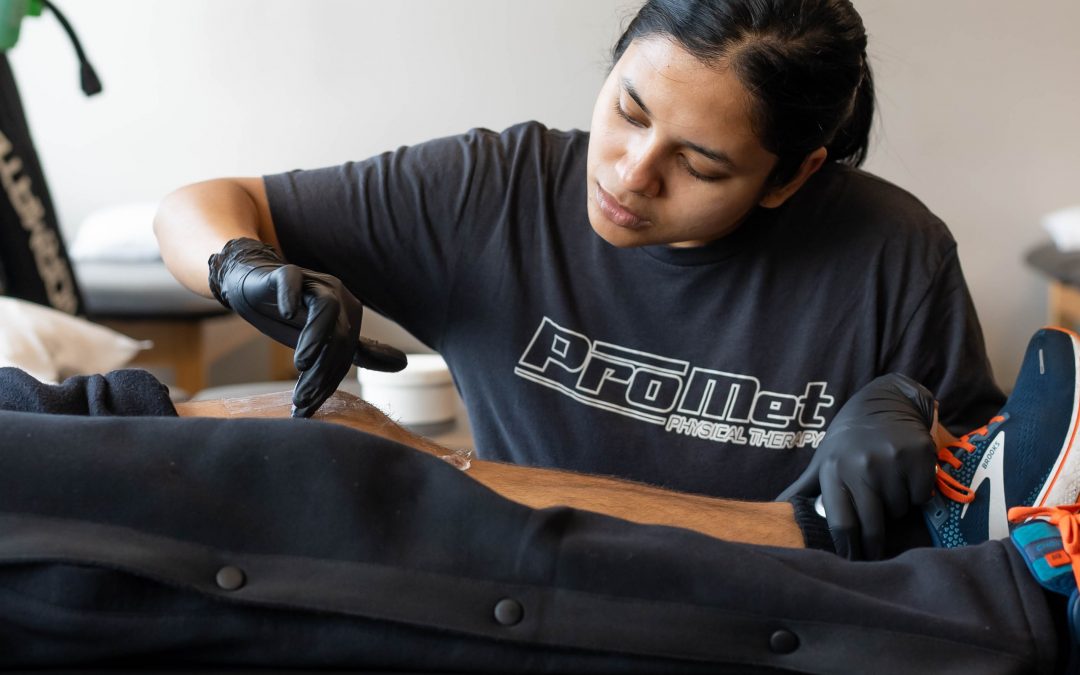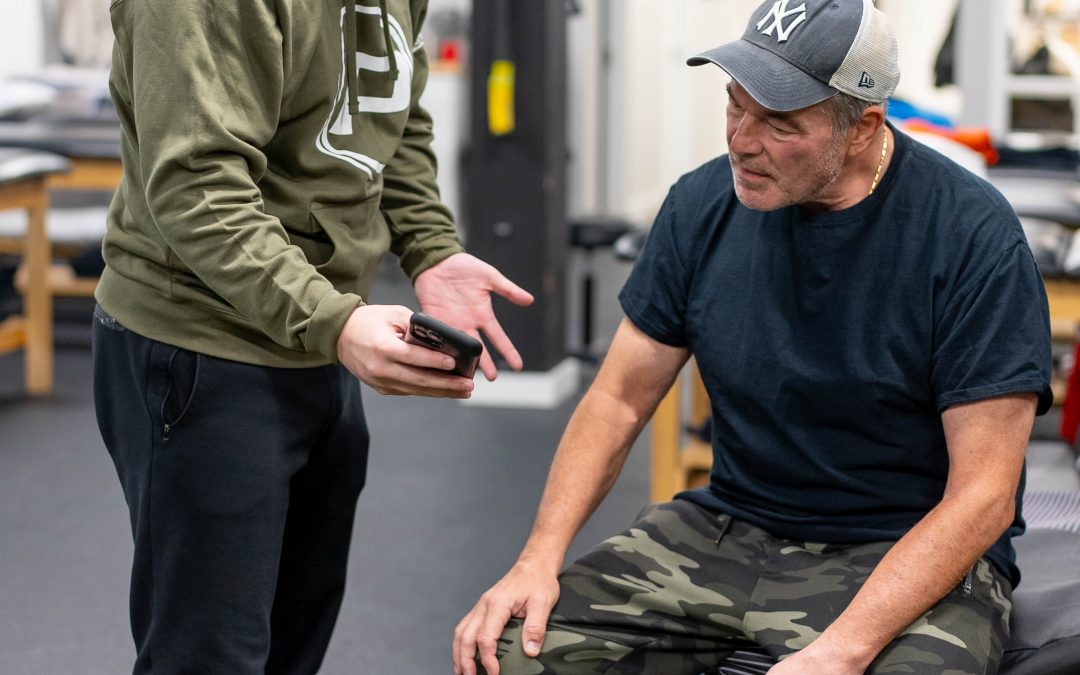With the great success of American professional golfers such as Tiger Woods and Phil Mickelson, and the excitement they bring to the golf course, the sport’s popularity has increased amongst the young professional population over the last decade. It is common today to see younger and younger players in a sport that was once thought of as a game for the well- established elite. While the popularity of golf has surged, the same cannot be said for players’ awareness of golf fitness and injury prevention. Although golf seems to be a low-level activity, the stress of the golf swing on the body can be debilitating if not properly cared for.
Golfers often experience some of the common injuries known to athletes of all sports that involve rotational forces on the body, such as baseball and tennis. Golfers can suffer from back pain caused by the repetitive trunk rotation of the swing, which places an incredible amount of stress on the Lumbar vertebrae, especially for someone without strong core, hip and lower extremity musculature. Some other common joint injuries amongst golfers involve the neck, shoulder, elbow, hip and knee joints. Injuries of the extremities usually culminate from muscle imbalances at a particular joint as well as lack of general exibility of the hip and shoulder girdles.
Both professional and casual golfers alike can all suffer from injuries related to the sport. Luckily, most injuries can be prevented with the proper golf fitness regimen. In fact, one doesn’t require extensive training to stay on the course without injury. Some simple stretching and stabilization exercises that require minimal effort can make a big difference for the average, casual golfer. In the case of injured golfers, physical therapy can help them address the cause of symptoms and get them back on the course in better shape. The absolute worst thing one can do is play through an injury, almost always leading to further injury and eventually the inability to play. It is common knowledge to golfers that good form and technique can improve a your swing and ultimately his/her score. While form and technique are important factors in creating a good golf swing, strength and flexibility are just as crucial.
The combination of rotation and extension of the Lumbar spine during a swing is extremely stressful for the lower back. This deadly duo puts a tremendous amount of pressure on the facet joints and discs of the low back. Here at ProMet, we put players through a golf fitness program which addresses core/ hip and lower extremity strengthening, along with shoulder girdle stabilization, general flexibility and, of course, balance. We recommend a plethora of exercises to address these general principles. The following are just a few tips:
THE BACK:
It is important for golfers to focus on exercises that both stretch the back musculature and strengthen their core. Recommended exercises include stability activities like planks and side planks, resisted trunk rotations and extensive hip musculature stretches. Two must- stretch muscles crucial to the golf swing are the latissimus dorsi and the piriformis.
THE ELBOW:
Tendinitis, commonly known as golfer’s elbow, is an inflammation of the exor tendons in the elbow caused by repetitive wrist movements involved in hitting a golf ball. For a player suffering from elbow pain, it is recommended to allow the injured elbow to heal by rest resting the tendon while focusing on pain-free, gentle forearm muscle strengthening/stretching.
THE KNEE:
More golfers suffer from knee injuries than hip injuries. While the hip joint rotates well, the knee does not have the same rotational capability. Amateurs tend to over-rotate the front knee during the backswing which can lead to grinding injuries, like meniscal tears. Extensive balance training and developing strong hip and knee stabilizers along with hamstring and trunk muscle flexibility can ultimately reduce knee rotation.




